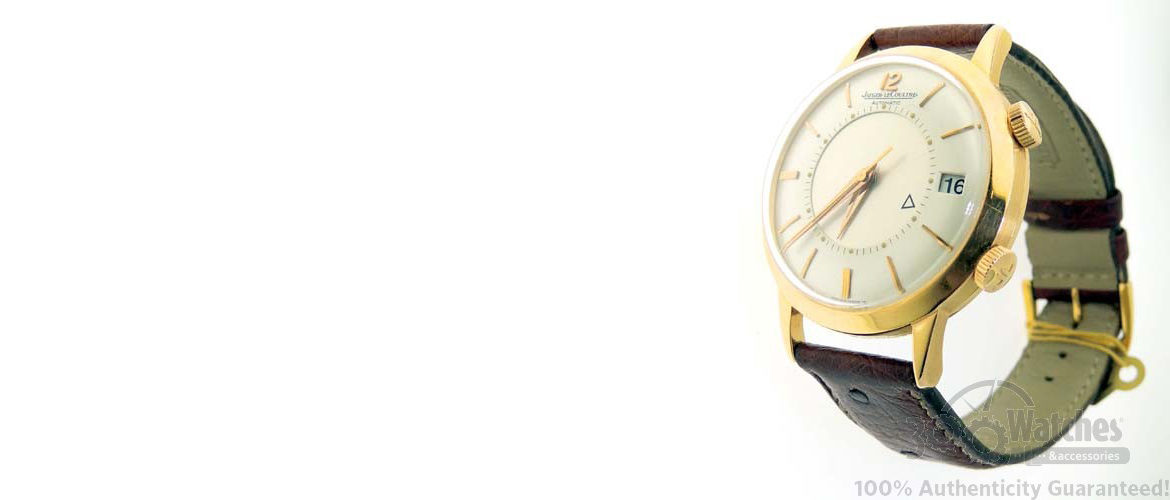Understanding Watch Movements

A watch movement is an extremely delicate piece of machinery that should only be handled by a trained watch professional, as they require regular maintenance and cleaning (some more than others). The movement of a watch is what makes the watch work, its internal mechanism, and is located inside the case. Currently there are three main types of movements:
Mechanical movements have been around for centuries and they have to be winded to have the mainspring power the watch. It is best if you wind them every day, but they usually keep going for about 40 hours if you wind them fully. A watch with a mechanical movement is definitely a collectible and is a good investment.
An automatic movement is similar to a mechanical movement, but you don’t have to wind it. The mechanism of this movement features a semicircular rotor that pivots when the watch is in motion. Of course, if your watch is stored and not moved for a long time then it will stop, but a fully wound mainspring will usually last up to two days. These watches are good for anyone that considers a watch as an extension of his or her personality and does not want to bother with regular winding.
A watch with a quartz movement is powered by a battery that works together with a quartz crystal. This is the most accurate and the least expensive type of watch. In this watch, the quartz crystal will oscillate, thanks to the electric current from the battery, at a very high frequency. The battery actually electrifies the crystal and makes it vibrate. These watches are best for people who just want a plain old watch that can keep the time without worries and without much resale value. The battery has to be changed about every year.
Tourbillons are not currently used, but were popular about a century ago. It is now considered as a beautiful piece that shows off the watchmaker’s virtuosity, and can run into the thousands of dollars. These are watches for the seriously wealthy or for the die-hard connoisseur.
